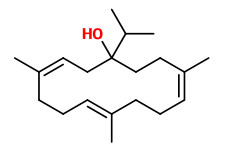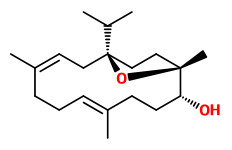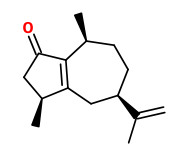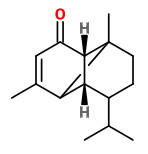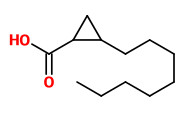Dies ist eine alte Version des Dokuments!
Boswellia sacra Flueck. - Burseraceae - frankincense, olibanum-tree, Somalischer Weihrauch, Arabischer Weihrauch
Small tree, 2-8m high, native to northeastern Africa (Somalia) and the Arabian Peninsula (Oman, Yemen); bark papery, peeling; leaves clustered at the ends of tangled branches; flowers are borne in axillary racemes up to 10 cm long, with yellow-white petals. „Trees are normally multi-stemmed, but can also have a single trunk. All parts of the tree are highly resinous… The trees cling to boulders or rock-faces by means of a cushion-like swelling at the base of the trunk. This swollen base helps to stabilise the tree and is most developed in those growing on very steep or exposed rocks…In Oman the tree is so heavily browsed by herbivores that it rarely flowers or sets seed, apparently leading to poor regeneration and the death of some trees.“ http://www.kew.org/science-conservation/plants-fungi/boswellia-sacra-frankincense
„It is the primary tree in the genus Boswellia from which frankincense, a resinous dried sap, is harvested.“
http://en.wikipedia.org/wiki/Boswellia_sacra
„Boswellia carteri and Boswellia sacra olibanum have quite similar chemical composition, with isoincensole acetate as the main diterpenic biomarker.“
[A chemical investigation by headspace SPME and GC-MS of volatile and semi-volatile terpenes in various olibanum samples. Hamm, S., Bleton, J., Connan, J., & Tchapla, A., Phytochemistry, Vol.66(12), 2005, 1499-1514]
„Burning of Boswellia resin as incense has been part of religious and cultural ceremonies for millennia and is believed to contribute to the spiritual exaltation associated with such events. Transient receptor potential vanilloid (TRPV) 3 is an ion channel implicated in the perception of warmth in the skin. TRPV3 mRNA has also been found in neurons through-out the brain; however, the role of TRPV3 channels there remains unknown. Here we show that incensole acetate (IA), a Boswellia resin constituent, is a potent TRPV3 agonist that causes anxiolytic-like and antidepressive-like behavioral effects in wild-type (WT) mice with concomitant changes in c-Fos activation in the brain.“
[Incensole acetate, an incense component, elicits psychoactivity by activating TRPV3 channels in the brain. Moussaieff, A., et al., The FASEB Journal, Vol.22(8), 2008, 3024-3034]
„… 250 components had been identified in olibanum oil or as pyranolysis products of the resin; however, no charcater-impact compound was among these… Olibanum resin contains several odorless cembranoid diterpenes [7.511-7.513 meaning cembrene A, incensol, 1-hydroxycembrene A] and pentycaclic diterpenes, of which yet unidentified pyrolysis products are considered to contribute to the typical odor of incense smoke. Cembrene A was initially identified in pine tree resins, whereas incensol and its 1-hydroxy derivative occur in olibanum only.“
Only one synthetic incense odorant, namely 2-methyl undecanoic acid (Mystikal) with its humid resinous incense note, conveys the typical olibanum odor.
[Scent and Chemistry, Günther Ohloff, Wilhelm Pickenhagen, Philip Kraft, Wiley-VCH, 2012, 323]
α-Pinene (11-24%), limonene (11-18%) and myrcene (2-8%) were the main components of B.sacra extracts. α-Pinene, β-myrcene, 1,8-cineole, linalool, verbenone, trans-carveol, carvone, thymoquinone, germacrene D, α-copaene, p-cresol, serratol, o-methyl anisole, sotolone, ethyl 3-methylbutanoate and especially two unidentified substances (A: broth, meat, spicy and and B: coniferous, woody, peppery) were identified
as odor-active constituents in B. sacra.
Serratol (also called 1-hydroxycembrene A, S(-)-cembra-3E,7E,11E-triene-1-ol), present at 0.3-3.2%, was described as woody, rosiny and incense-like by GC-O evaluation. The peak assigned as isoincensole and isoincensole acetate by Hamm et al. was in fact a coeluting peak of serratol and incensole, confirmed by measurements on a FFAP column. Serratol was detected in only three samples with low FD factors, so the sensory relevance of these diterpenes in B.sacra frankincense is probably insignificant.
[Identification of odorants in frankincense (Boswellia sacra Flueck.) by aroma extract dilution analysis and two-dimensional gas chromatography-mass spectrometry/olfactometry., Niebler, J., Buettner, A., Phytochemistry, 109, 2015, 66-75]
Two oxygenated sesquiterpenes, rotundone and mustakone, are potent odorants of frankincense with very low odor thresholds. During GC-O analysis it was observed that close to the threshold level, rotundone imparts a more woody, coniferous, incense-like, and only slightly peppery smell, while at somewhat higher levels the strong, distinct peppery note arises. Mustakone is „…described by panelists as spicy, woody, slightly fatty, meat-broth-like, and balsamic. Interestingly, some panelists remarked that the smell resembles that of α-copaene, which was reported to contribute to the smell of frankincense and smells 'spicy, broth, woody'.“
[Fragrant Sesquiterpene Ketones as Trace Constituents in Frankincense Volatile Oil of Boswellia sacra., Niebler, J., Zhuravlova, K., Minceva, M., Buettner, A., Journal of natural products, 79(4), 2016, 1160-1164]
Key molecular constituents contributing to the characteristic odor of olibanum seem to be (1S,2S)-(+)-trans- and (1S,2R)-(+)-cis-2-octylcyclopropyl-1-carboxylic acid. These highly potent odorants occure in ppm amounts in all frankincense samples analyzed „… even those showing radically different volatile compositions. These cyclopropyl-derived acids provide the very characteristic old churchlike endnote of the frankincense odor.“
[Cerutti-Delasalle, C., Mehiri, M., Cagliero, C., Rubiolo, P., Bicchi, C., Meierhenrich, U. J. and Baldovini, N. (2016), The (+)-cis- and (+)-trans-Olibanic Acids: Key Odorants of Frankincense. Angew. Chem.. doi:10.1002/ange.201605242]
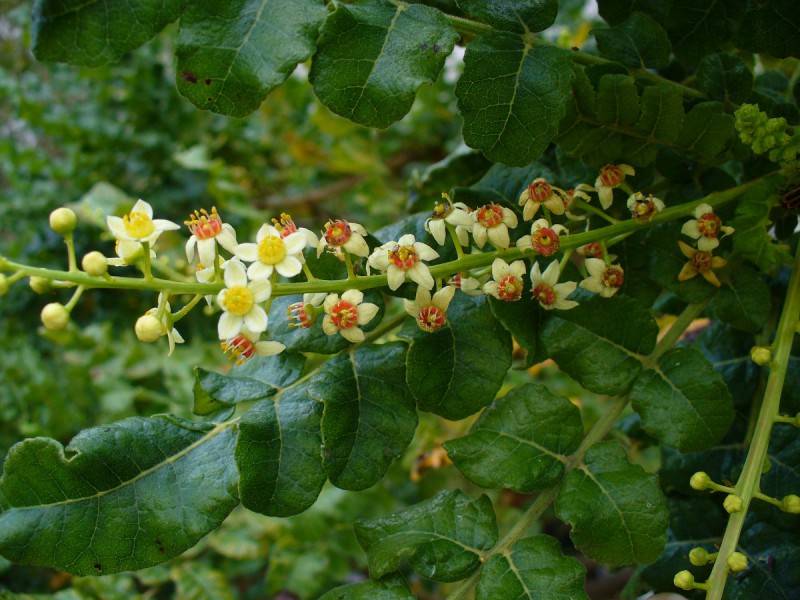
Boswelllia sacra, Florida
CC BY 2.0, Author: Scott Zona Wikimedia Commons


